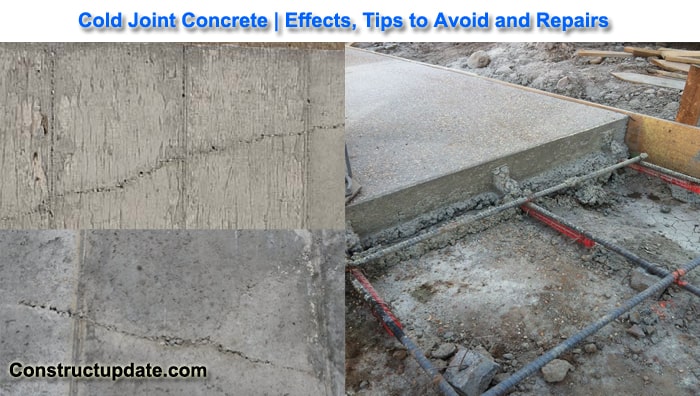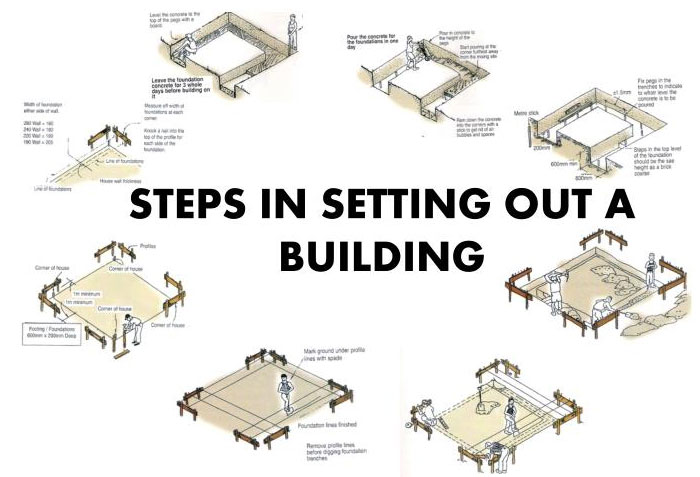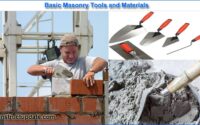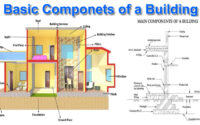What is Cold Joint Concrete | Effects, Tips to Avoid and Repairs of Cold Joints in Concrete
What is Cold Joint Concrete, and how does it work?
Cold joint concrete is a phenomena that occurs when the two concrete layers do not bond or intermix with each other.
The cold concrete joint is a fracture in hardened concrete caused by improper intermixing and bonding between two successive layers of concrete. Cold joints in concrete are one sort of damage that develops in the concrete as a result of a poor concreting operation, which can result in a reduction in the concrete’s strength and durability.
The presence of a cold joint has a negative impact on the concrete’s performance. When the second layer of concrete is laid after the first concrete’s vibration limit, cold joints form between the two levels. Cold joints are typically linear, tightly connected, and glued.
Cold Joint In Concrete Effects:
Cold joints in concrete are a form of crack that appears as the concrete hardens. These joints are not gaps in the concrete but rather seams with no discernible void structure. A typical cold joint is linear, tightly connected, and bound.
However, like with every concrete pour, there is the possibility of a tiny void region if the concrete is not properly compacted. These little holes have the potential to develop into cracks in the future.
When the junction is in compression, cold joint concrete usually does not cause any structural issues. When evaluating a cold joint, however, the position of the cold joint, the structural purpose of the element, and aesthetics must all be taken into account.
A weak place can be a cold joint, although this isn’t always the case. It is not a structurally vulnerable point if the concrete is laid first, but the vertical bar sticks out of the concrete for subsequent attachment.
It is critical to have a good junction where concrete is interrupted.

How to Avoid Concrete cold Joint?
To avoid the problem of cold concrete joints in the concrete, numerous precautions should be taken on the construction site during the concreting work, as follows:
The concrete that has been laid before the layer of concrete must have a rough unfinished surface.
If the prior surface is hardened and not rough enough, use tools to roughen it up so that the two next layers connect well. This will prevent cold concrete joints from forming in the concrete.
The concreting should be done in layers, with each layer appropriately intermixed with the previous layer using a vibrator.
The concreting should be poured starting at the far corners and moving forward to the centre.
When working with concrete at extremely high temperatures, retarding admixtures are used to extend the time it takes for the concrete to set.
Concreting for sloping elements such as rafts and staircases should begin at the bottom and work its way up.
Concrete Cold Joint Repairing:
Cold joints in concrete can occur for a variety of causes. There is no structural concern if the joint bears compression forces, but it should be avoided visually. If the joint is in tension, cold joints might lead to failure.




